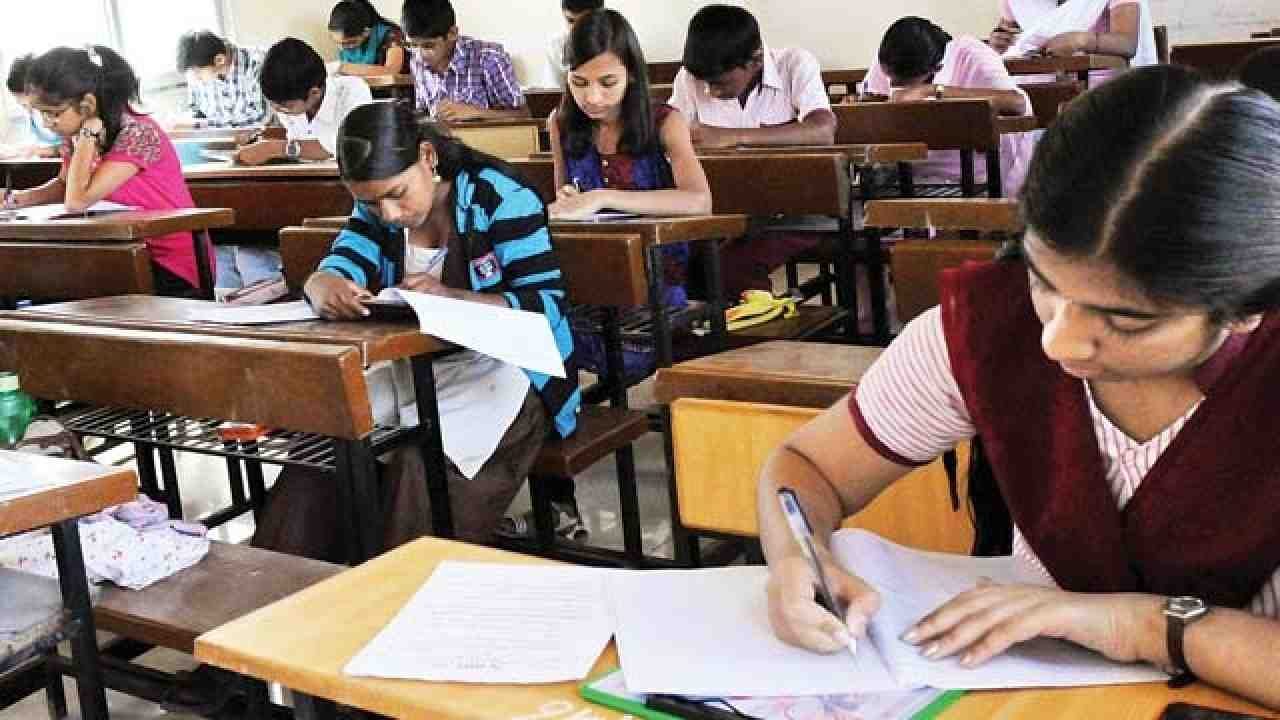The principals and the headmasters came up with Power Point Presentations (PPTs), a kind initiative to improve the performance of the students as well as to have a clear note of the weak, average, good, and meritorious students in each class of every government school launched by the state education department in Punjab.
PPT involves a comparative analysis of the performance of each student from the middle to higher secondary classes in different disciplines in internal exams this semester. The move is designed to help improve student performance as part of the government’s “Mission Shat Pratishat” (hundred per cent).
The PPTs for primary classes will also be presented soon. The vision and plan is to accomplish ‘Mission Shat Pratishat’ as well as sprucing up the infrastructure facilities under ‘smart school’ project to accelerate the pace of education system.
“This is good practice but it should have been conducted in the mid-session and not ahead of the exams when students are already under a lot of study pressure,” said a school principal. He added that a week was spent preparing all the data and making PPTs.
“Because of the shortage of staff in several schools, all the headmasters, principals, and mentors of Parho Punjab too take classes,” he added.
“Teachers must focus on teaching rather than doing such work because it consumes lots of time and they get distracted their primary job,” said a school headmaster.
Education Secretary Krishan Kumar said that the purpose of this initiative was to ensure the capacity building of education officials so they could conduct scientific analysis to prepare elaborate plans to direct energy and resources in the right direction.
“It would not only help them to play a proactive role in achieving the desired results but would also hone up their skills to prepare a vision for giving a fillip to the improvement in school education”, he added.


















